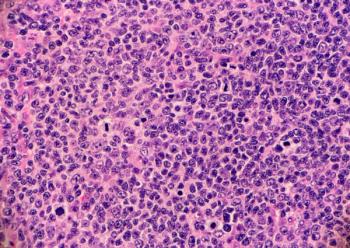
Clinerion Adds RWD RADAR to Patient Network Explorer
RWD RADAR generates patient cohort aggregate metrics, as well as offers metrics on the patient journey, from diagnosis to treatment modalities, and geographically, all based on real-world data available on Clinerion’s Patient Network Explorer platform. Patient cohort aggregate metrics show insights on disease-treatment relationships and disease-disease relationships, and are visualized as Top N lists, ranking the related concepts within a field code with the highest patient hits.
The statistics are based on real-time data and available with timestamps, allowing the generation of an incidence timeline. Data may be visualized aggregated, or geographically mapped, as well as showing gender and age distributions.
RWD RADAR can be used for epidemiology studies to look at disease occurrence, treatment metrics, differences by hospital, region, and country, as well as to identify differential treatment groups or cohorts by location, procedure or medication (segmentation by different treatment options and/or by drug/drug class).
Further developments under development by Clinerion include the installation of an infrastructure for deployment of artificial intelligence / machine learning algorithms.
For more information, click
Newsletter
Stay current in clinical research with Applied Clinical Trials, providing expert insights, regulatory updates, and practical strategies for successful clinical trial design and execution.




